When selecting the right caster for equipment, it’s best practice to use capacity as measured in weight ratings as a key factor. However, load capacity is influenced by various dynamics, including how and where the caster will be used. In this edition of CasterU, we’ll break down the four primary types of load capacity—static load, dynamic load, side load, and impact load. Ultimately, it will help you determine what to consider when choosing casters for your application.
1. STATIC LOAD CAPACITY
Static load capacity refers to the maximum weight a caster can support when the equipment is stationary. This is the simplest type of load to calculate, as it only considers the weight exerted on the caster at rest.
How It’s Measured
Static load capacity is determined by placing the equipment on the caster without any movement. It’s often measured using this formula:
C = (E + P) / (N-1), where:
E = Dead weight of the equipment
P = Payload
N = Number of casters or wheels
You’ll notice that the number of casters has been reduced by one. That’s because equipment is often used on uneven surfaces, and the load is not equally distributed to all of the casters or wheels at the same time. Calculating the static load capacity based on one less wheel is advisable to avoid a catastrophic failure if one caster loses contact for any unforeseen reason.
When is It Important
Static load is crucial when the equipment is designed to remain in place for long periods, such as server racks, tool boxes, shelving units, display stands, or furniture.
2. DYNAMIC LOAD CAPACITY
Dynamic load capacity is the maximum weight a caster can support while the equipment is moving. For all practical purposes, casters are always rated and designed based on dynamic load capacity. That will always be less than the static load capacity because of the many stresses movement places on the caster, including temperature, deviation in floor surfaces, obstacles, speed, evenness of load distribution, and changes in direction.
How It’s Measured
The dynamic load capacity of a caster is established by validation testing using factors such as speed, maximum obstacle height, floor surface condition, rest/run time and wheel size. Casters must complete the dynamic test without any functional impairment. As with static load, dynamic load is calculated based on one less wheel. It is very important to consider the most extreme possible conditions of an application so that the required dynamic load is not underestimated.
When is It Important
This is a key consideration for almost all caster applications including carts, mobile storage units, hospital beds or wherever frequent movement is involved. A caster with inadequate dynamic load capacity can wear down quickly, reduce performance, and increase maintenance costs.
3. SIDE LOAD CAPACITY
Side load capacity refers to the sideways force exerted on the caster when the body is in operation. This can happen when equipment is pushed from the side or if it makes sharp turns. It is normally a consideration for rigid casters.
How It’s Measured
Side load is tested by applying lateral force to the caster to see how much pressure it can handle before deformation. For example, in a warehouse setting, a heavy cart making sudden side turns puts immense stress on the casters, which could result in failure if the side load capacity is insufficient. Standards have been set for testing casters for testing side load capacity.
When is It Important
Side load capacity is critical for environments with tight spaces, where equipment needs to pivot or turn or withstand side impacts.
4. IMPACT LOAD CAPACITY
Impact load refers to the sudden force exerted on a caster, such as the jarring when the caster hits uneven surfaces or the shock loads when the payload gets dropped on the cart.
How It’s Measured
Impact load capacity is determined by testing the caster’s ability to absorb and withstand sudden shocks. It is measured in relation to force exerted by sudden impact. Standards have been set to test casters for vertical impact performance.
When is It Important
Impact load is an important consideration for casters used in rugged environments such as loading docks, factories, or outdoor settings.
A NOTE ABOUT TESTING
At Algood, we are committed to ensuring that each of our casters and wheels conform to the relevant load capacity ratings for specified applications. We rigorously test all our casters and wheels to ensure they fully adhere to industry benchmarks. Discover more about our testing processes.
Understanding the various types of caster load capacity—static, dynamic, side, and impact load—is key to making an informed decision when choosing casters for your equipment. Each of these factors plays a unique role in how well your caster will perform and last in different environments. By considering each of these you will save you time, money, and the hassle of frequent replacements or maintenance.
To discuss your load requirements or if you have any related questions, feel free to contact your Algood representative or a member of our customer service team.

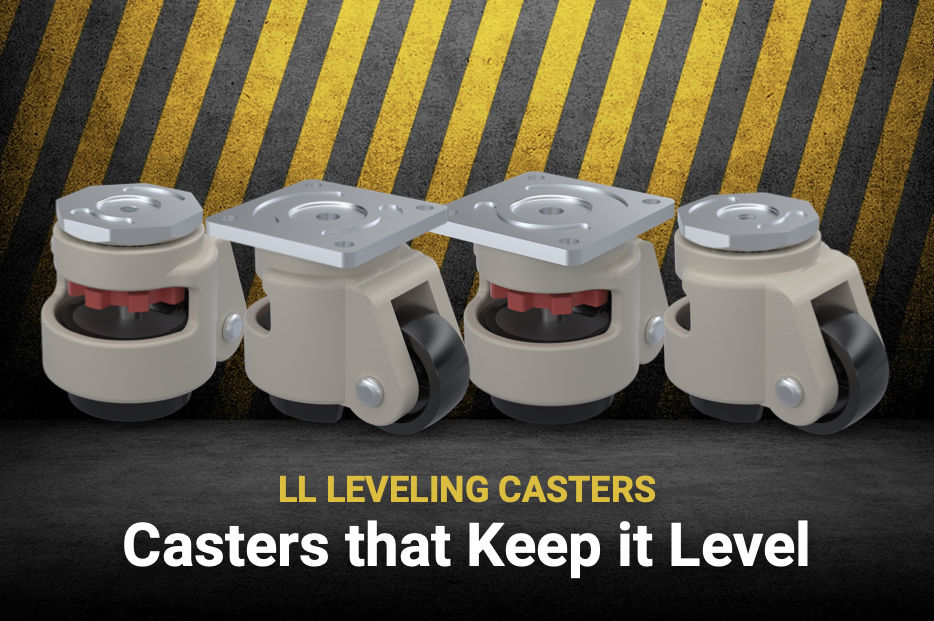
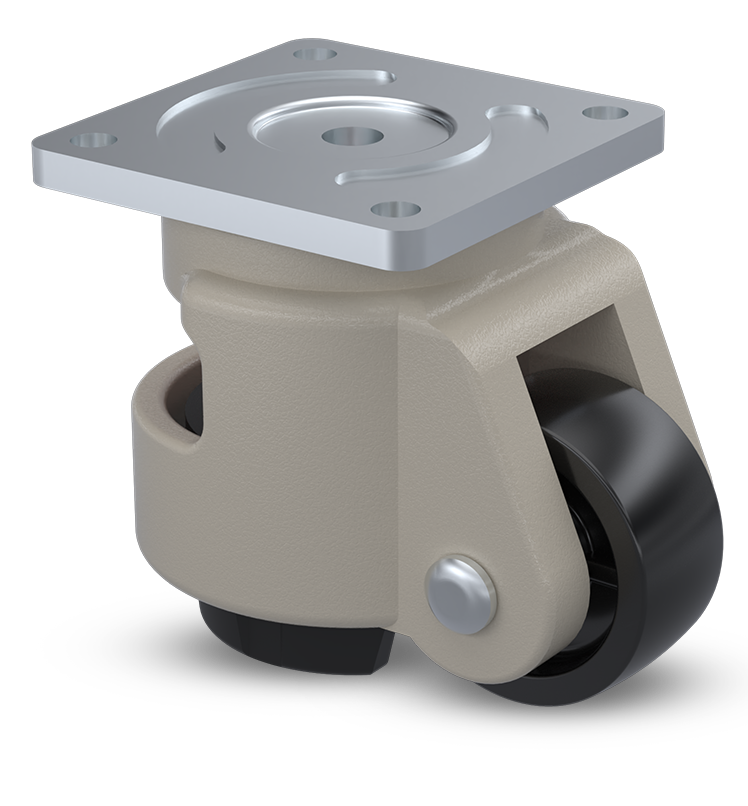
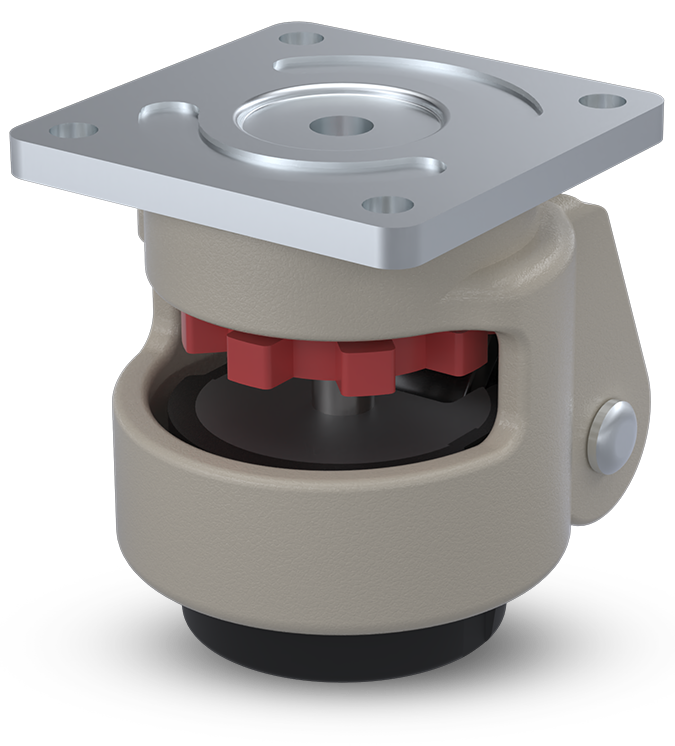
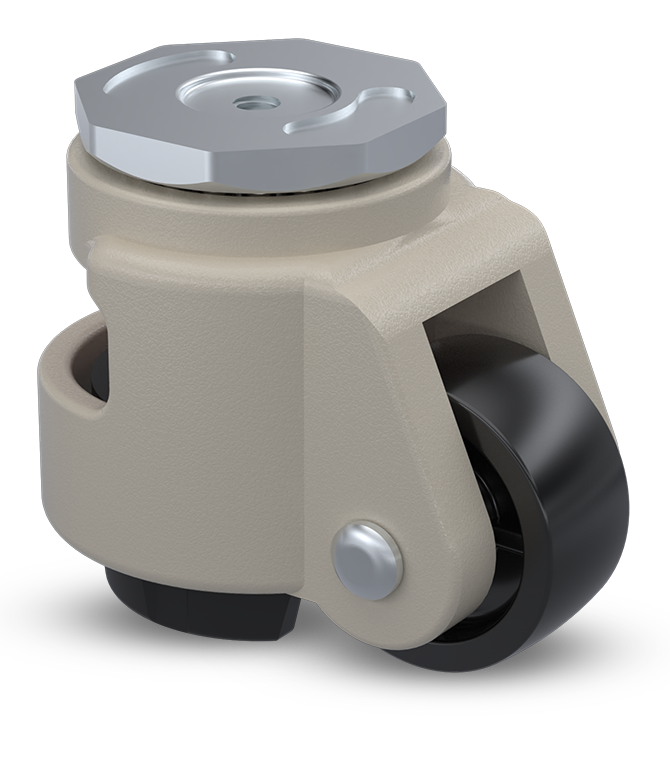


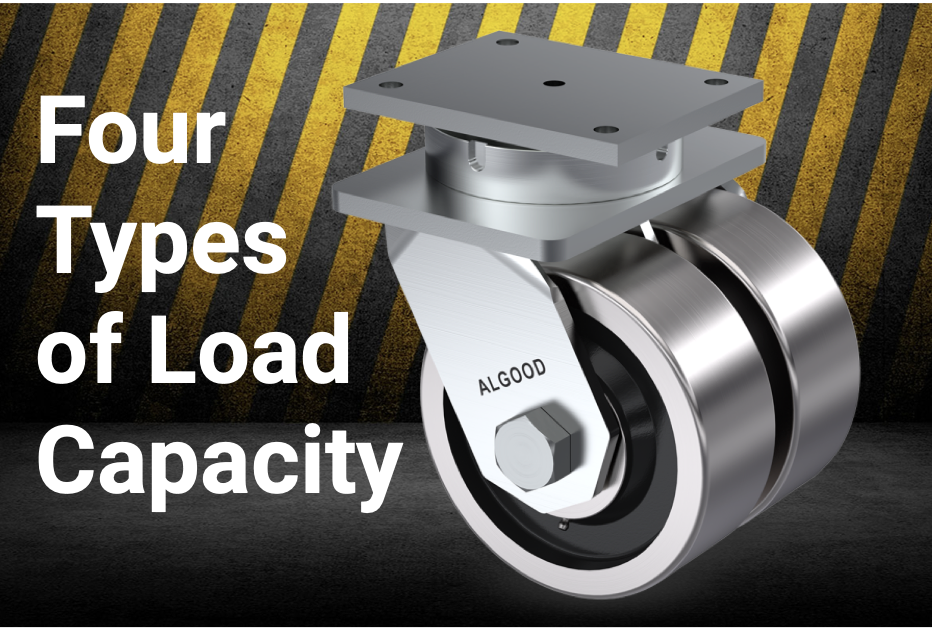
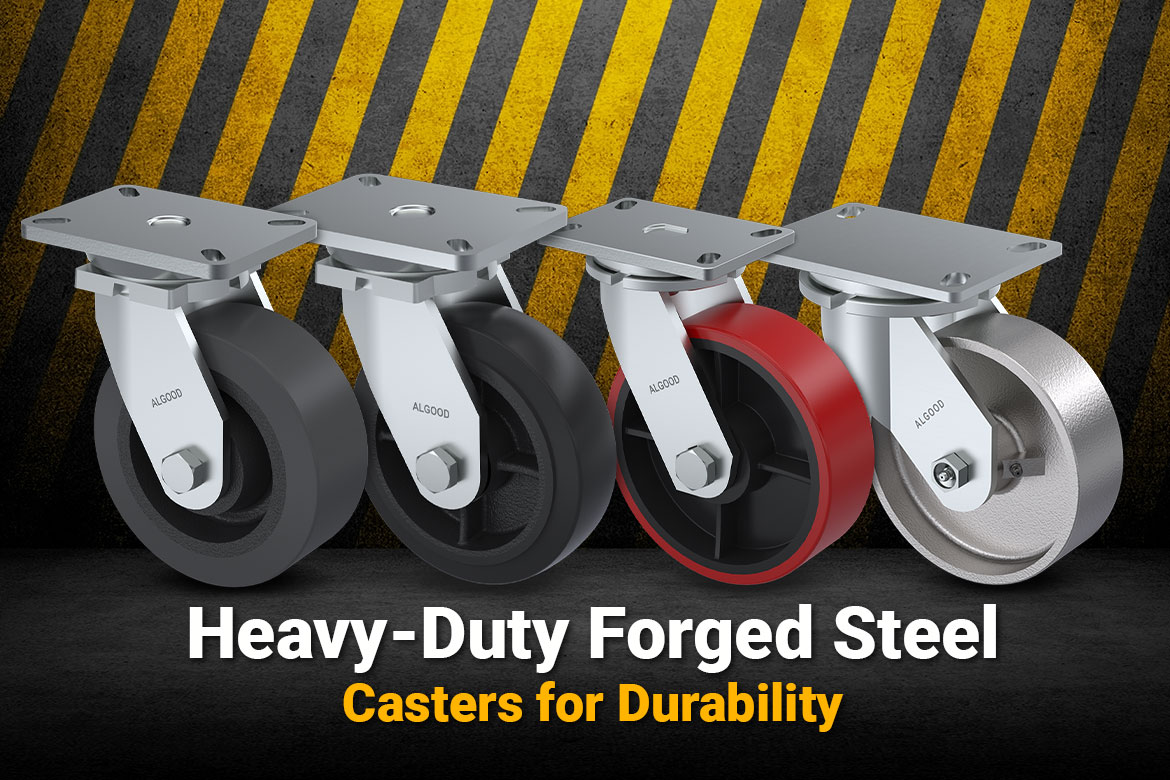
![6900 Series: 6906-A46H-SS-RB [Zinc Finish]](https://algood-casters.com/wp-content/uploads/2023/05/Algood-Renders-6900_Series-S6906-A46H-SS-RB.png)

![7100 Series: S7108-A46J-UR-RB [Zinc Finish]](https://algood-casters.com/wp-content/uploads/2023/08/Algood-Casters-7100_Series-S7108-A46J-UR-RB.png)
![7200 Series: S7208-A53J-MR-RB [Zinc Finish]](https://algood-casters.com/wp-content/uploads/2023/08/Algood-Casters-7200_Series-S7208-A53J-MR-RB.png)
![7500 Series: S7506-A53J-LVW-RB [Zinc Finish]](https://algood-casters.com/wp-content/uploads/2023/11/Algood-Casters-7500_Series-S7506-A53J-LVW-RB.png)
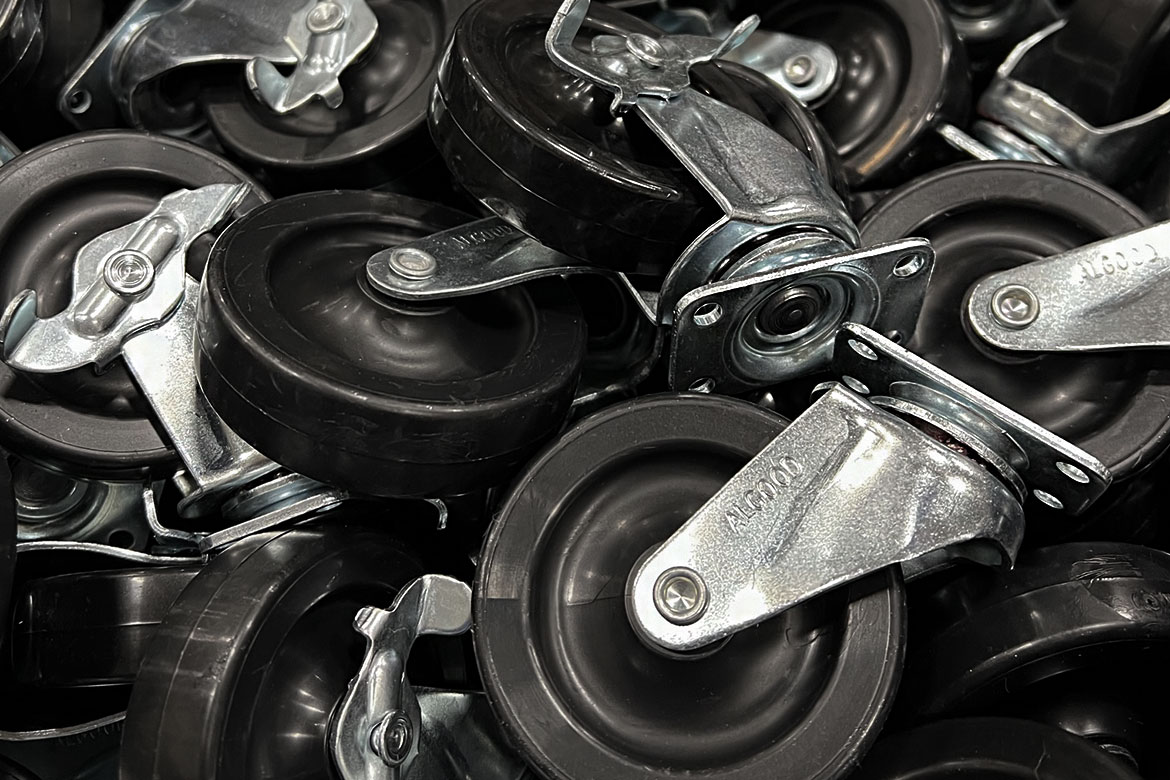
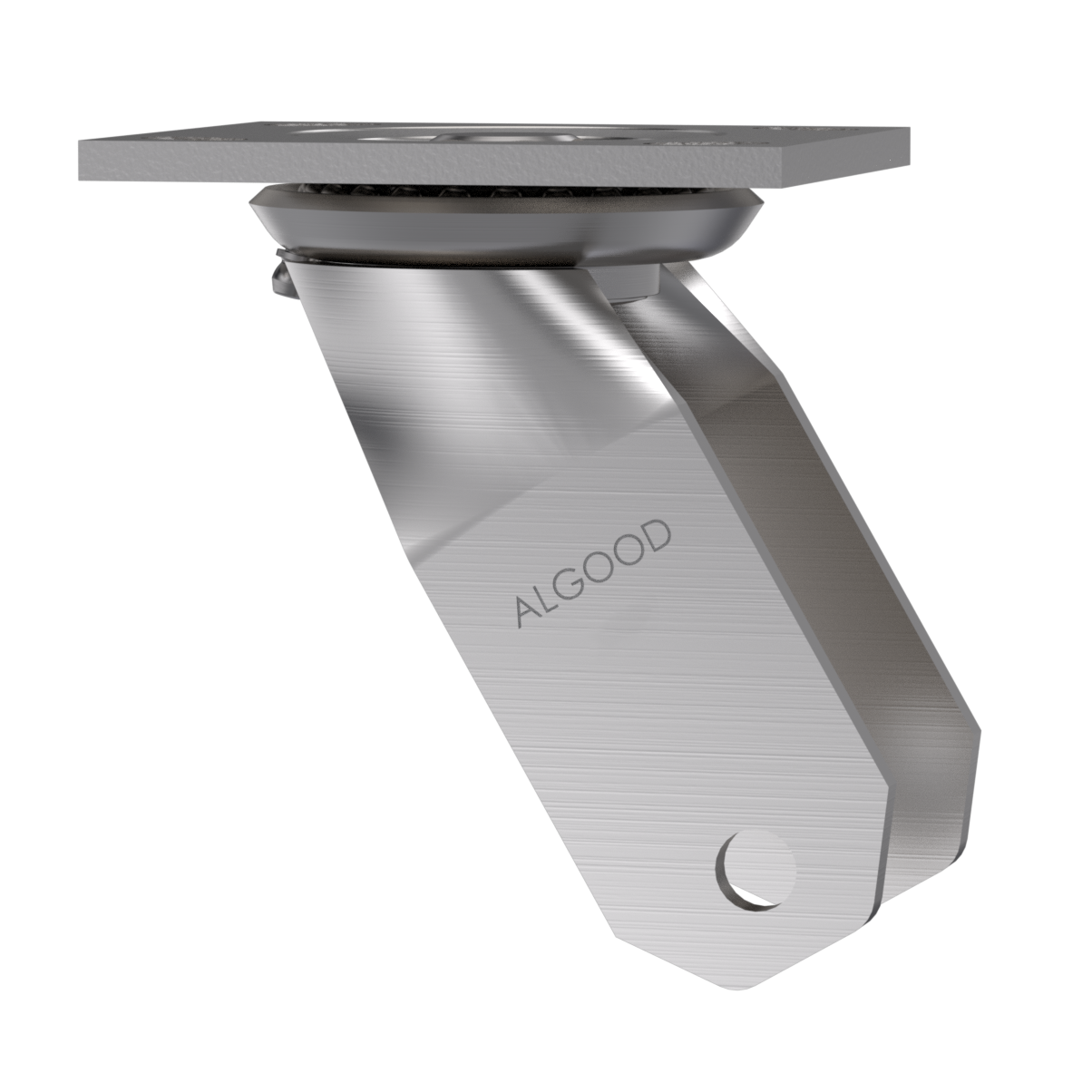
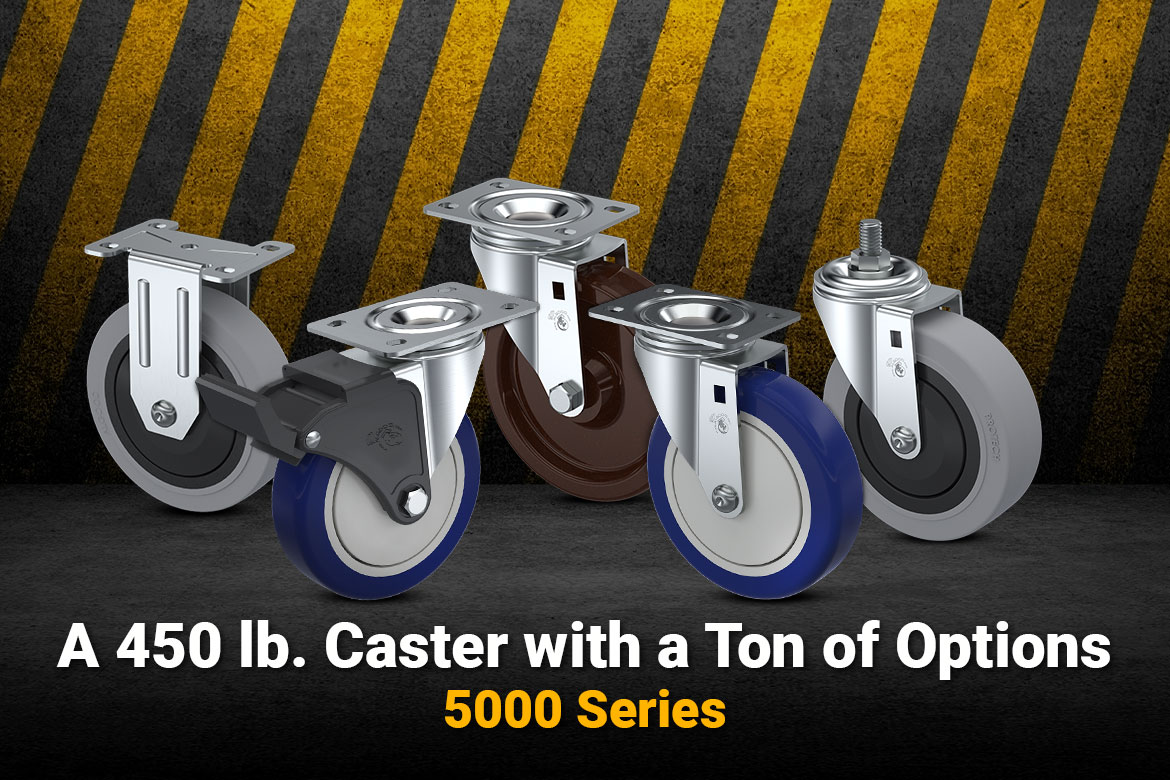
![5000 Series: S5053-A27D-HTPH [Zinc Finish]](https://algood-casters.com/wp-content/uploads/2023/10/Algood-Caster-5000_Series-S5053-A27D-HTPH.png)
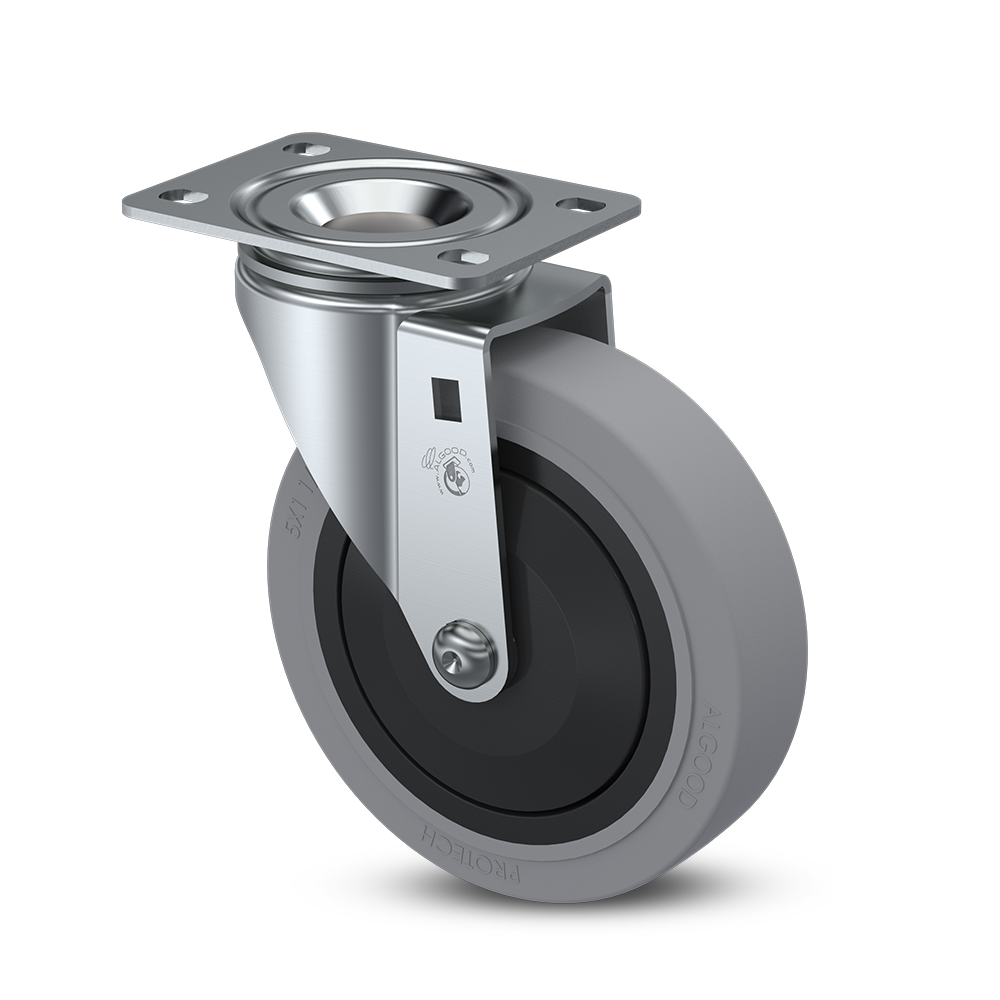
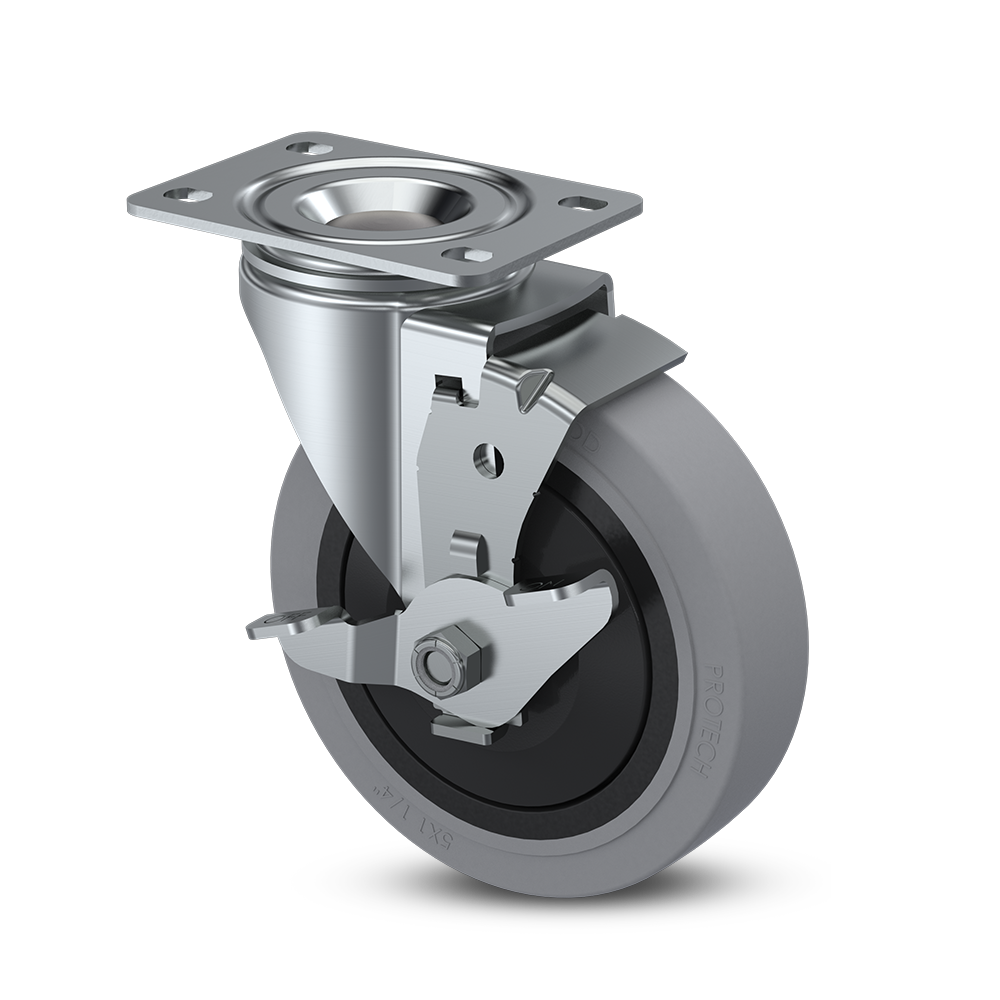
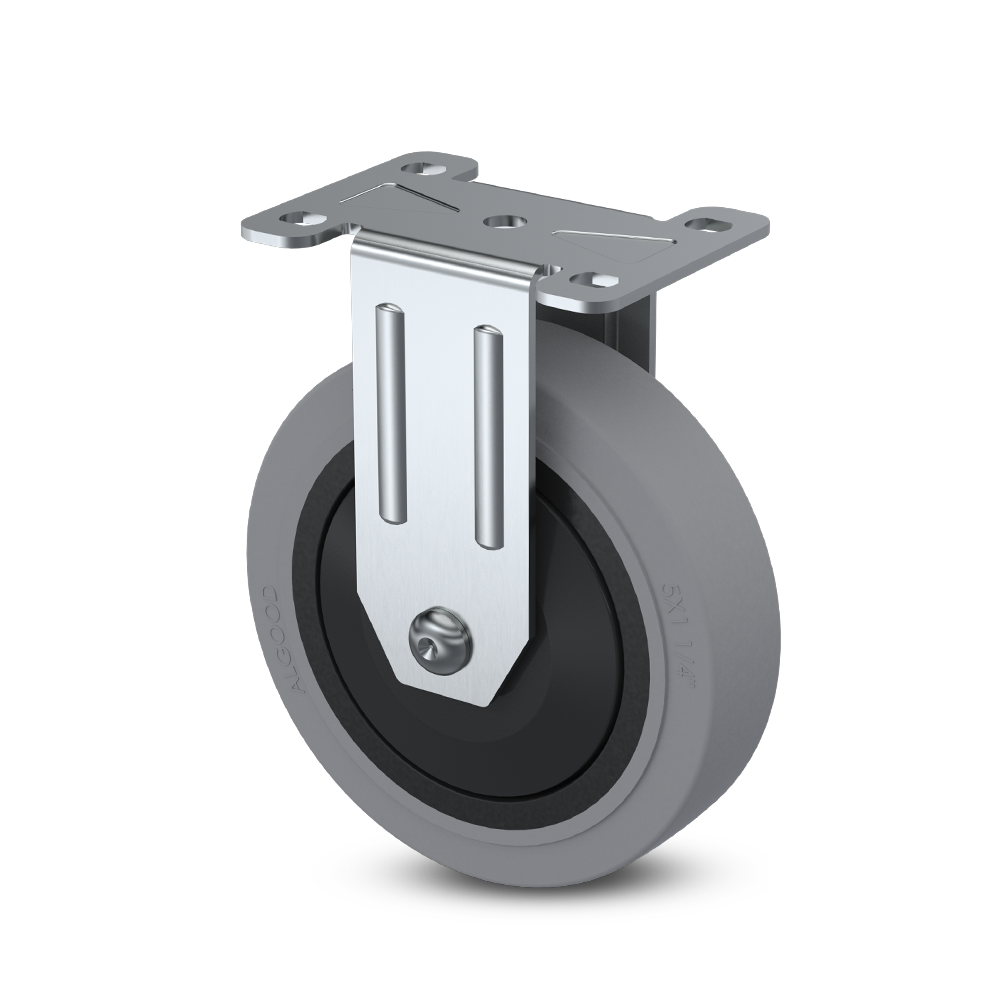
![5000 Series: S5053-A27D-PLY-PB-TG-iLK [Zinc]](https://algood-casters.com/wp-content/uploads/2023/05/Algood-Renders-5000_Series-S5053-A27D-PLY-PB-TG-iLK.png)

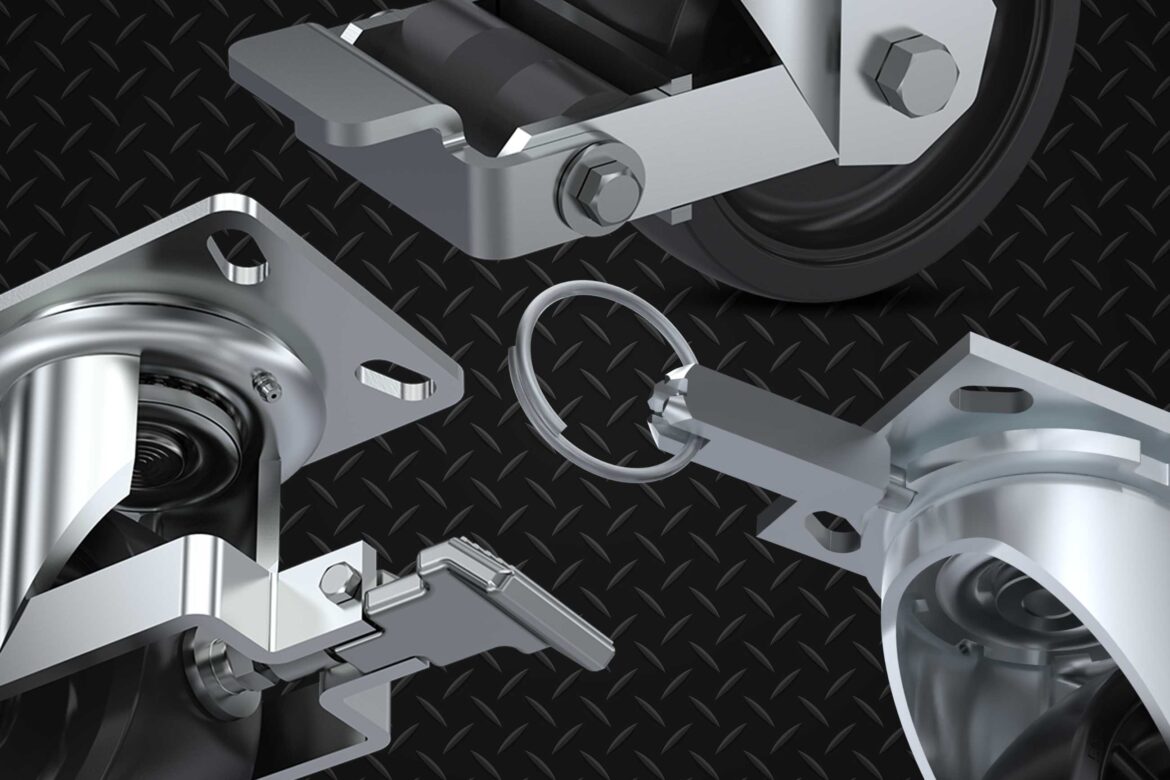
![7000 Series: S7006-A38H-UG-RB-SLB [Zinc Finish]](https://algood-casters.com/wp-content/uploads/2024/07/Algood-Caster-7000_Series-S7006-A38H-UG-RB-SLB.png)
![MAXX™ Series: SE6563-A38H-RXW-RB-TLB2 [Zinc Finish]](https://algood-casters.com/wp-content/uploads/2023/08/Algood-Casters-6503_Series-S6563-A38H-RXW-RB-TLB2.png)
![MAXX™ Series: SE6563-A38H-RXW-RB-TG-iLK [Zinc Finish]](https://algood-casters.com/wp-content/uploads/2023/08/Algood-Casters-MAXX_Series-S6563-A38H-RXW-RB-TG-iLK.png)
![2309 Series: S2359-A27D-HTPH-DLB [Zinc Finish]](https://algood-casters.com/wp-content/uploads/2023/10/Algood-Caster-2309_Series-S2359-A27D-HTPH-DLB.png)
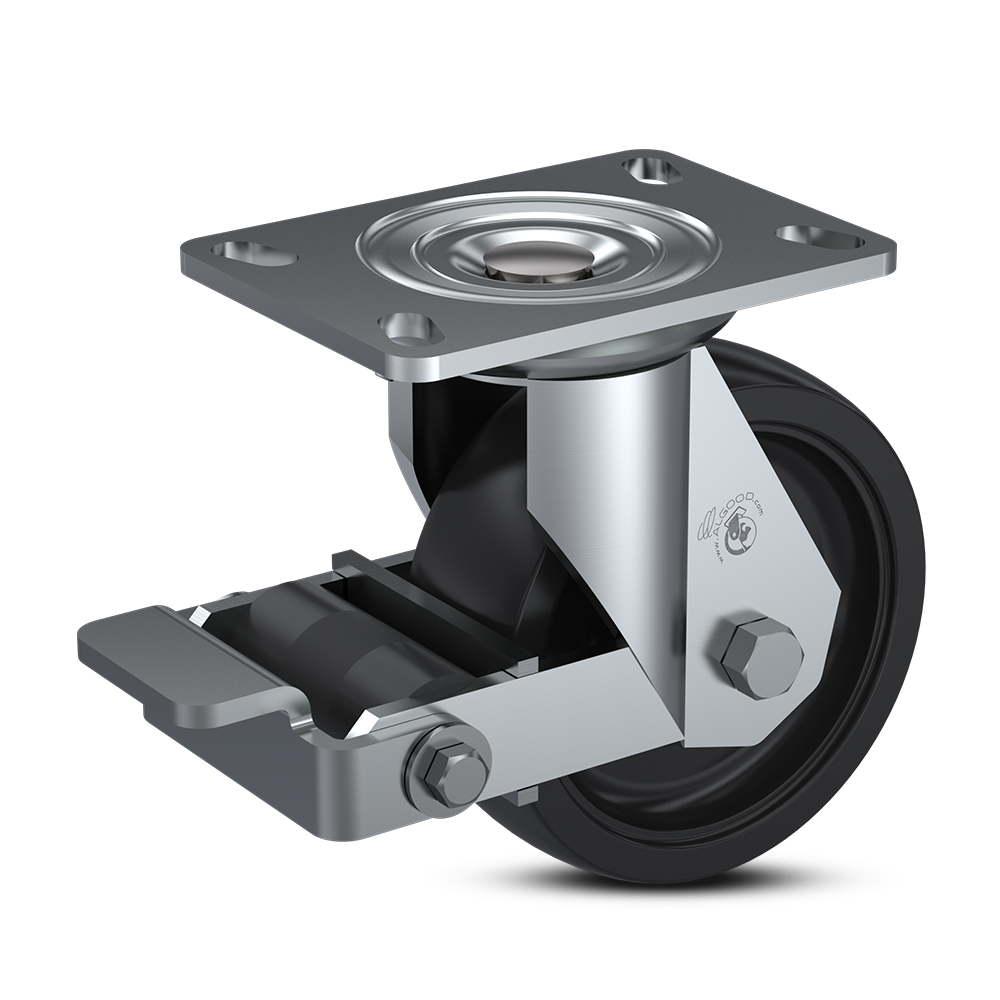
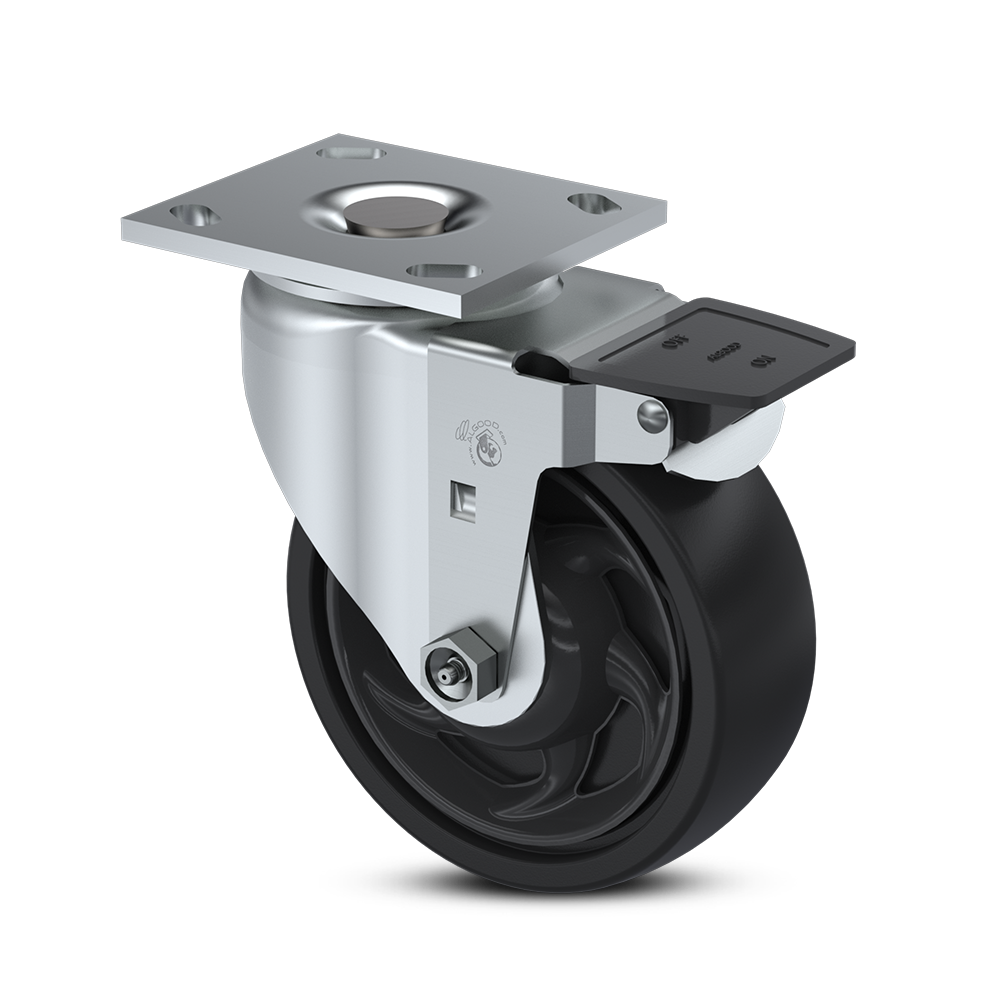
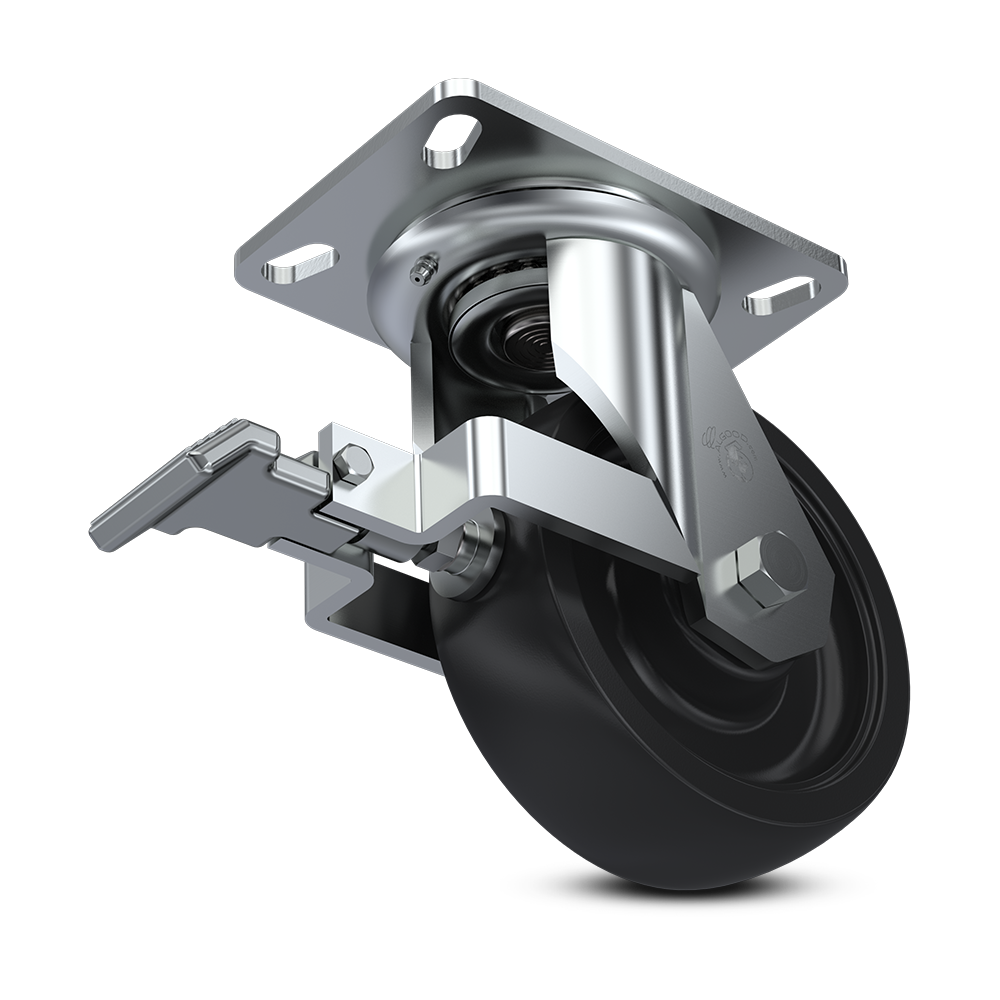
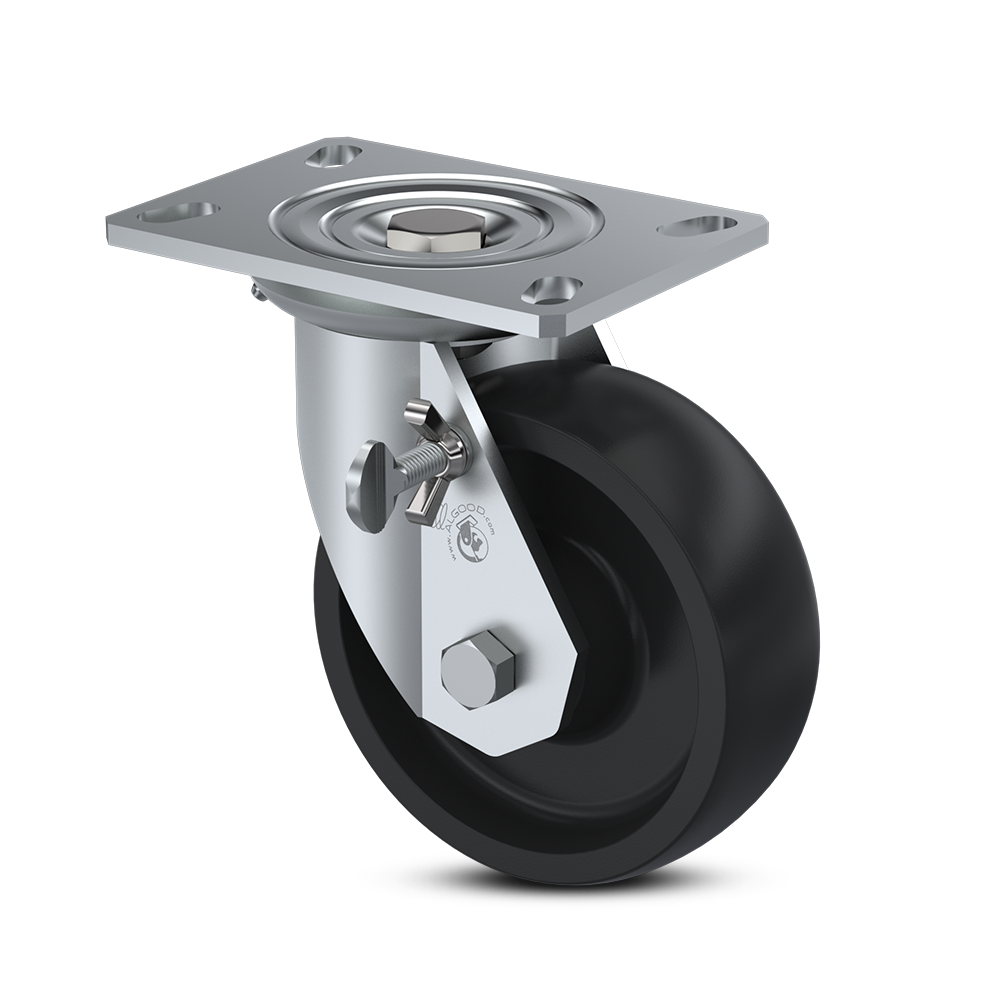
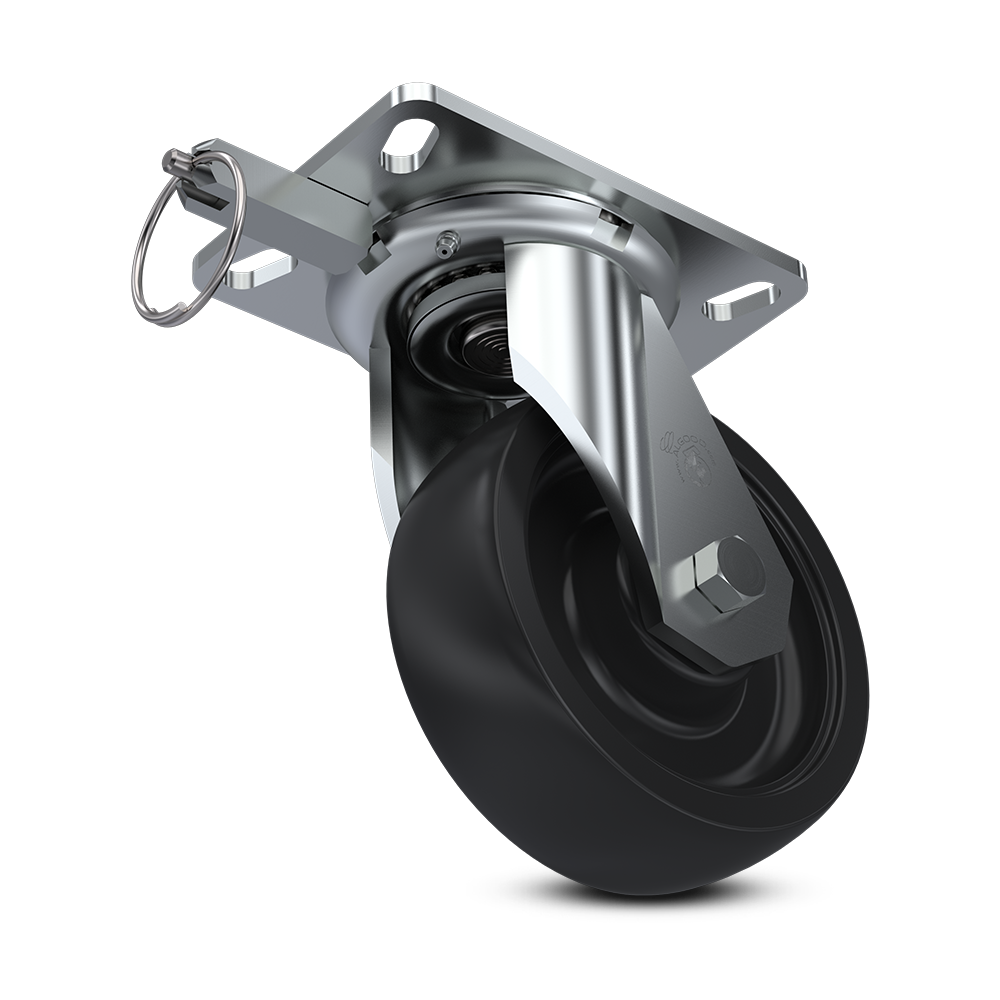

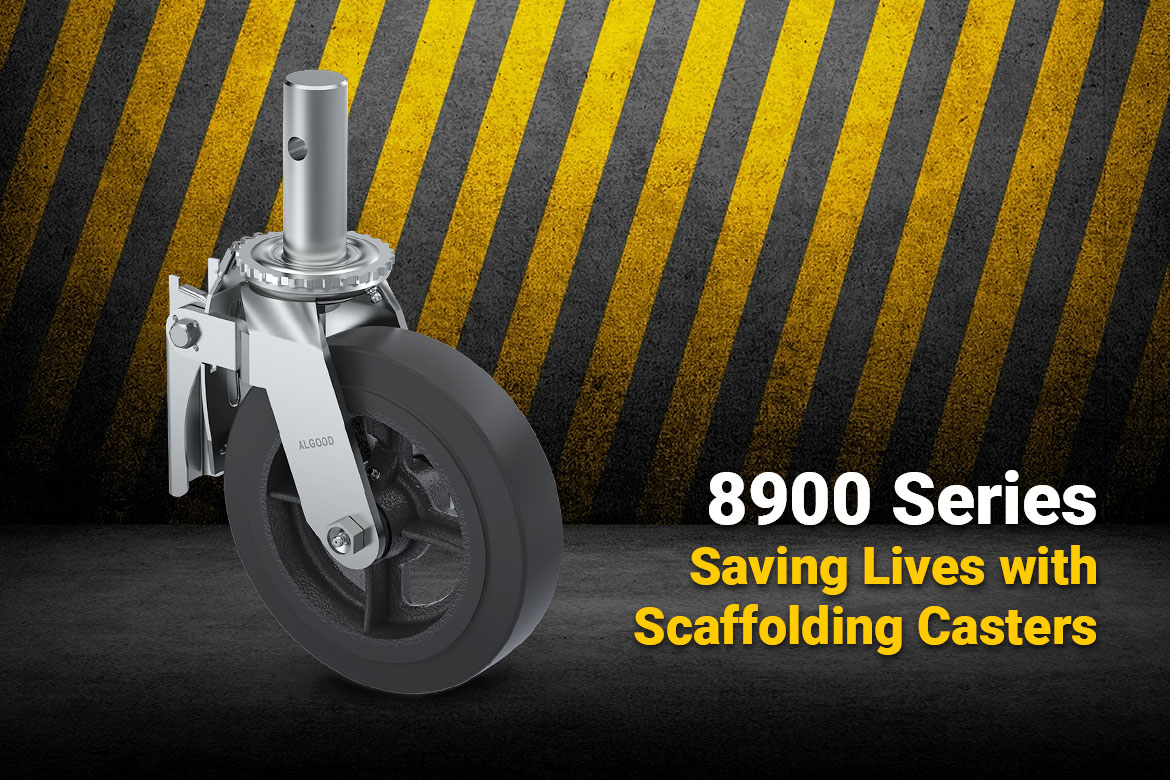
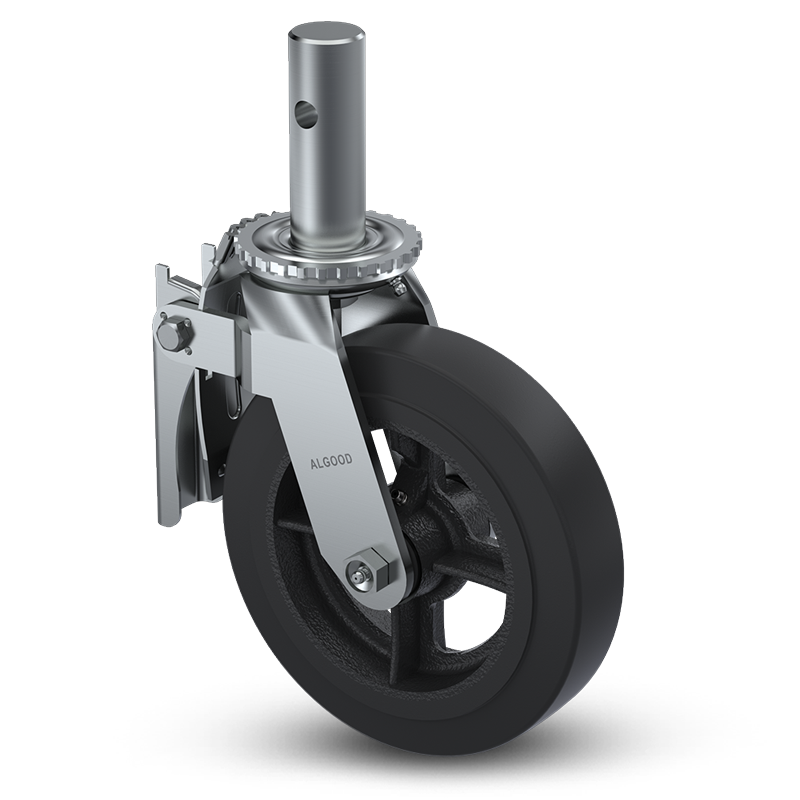
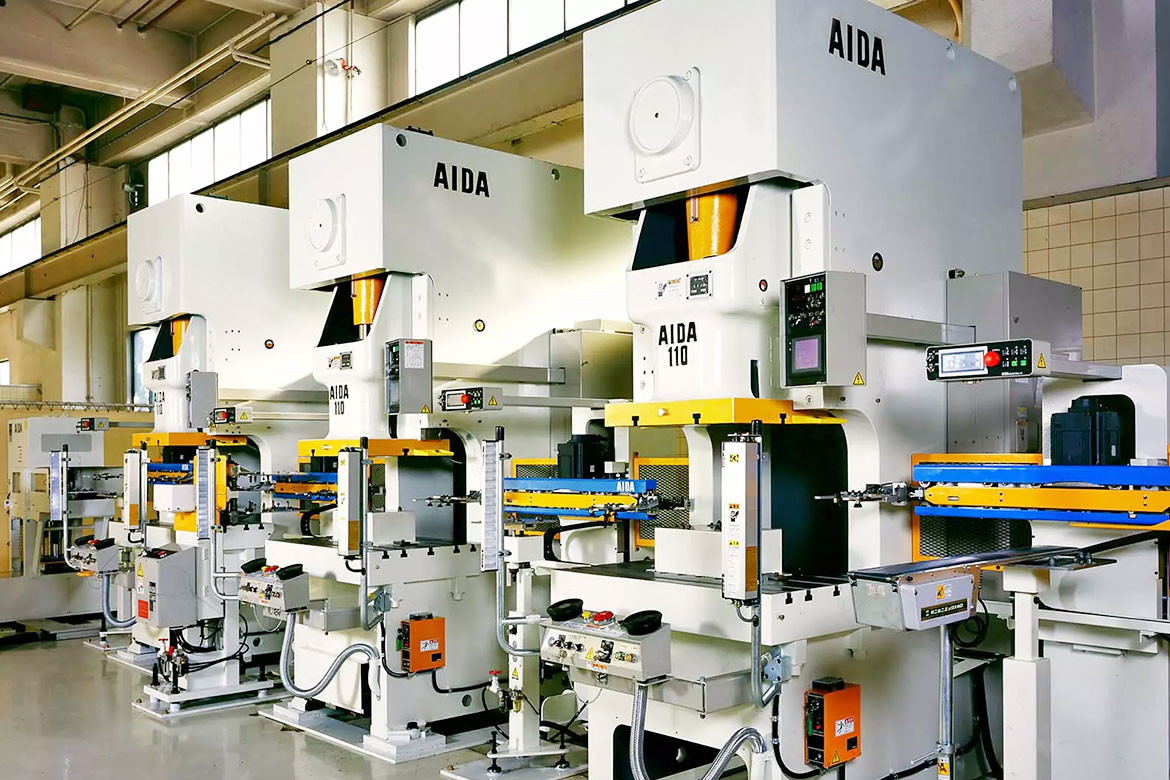
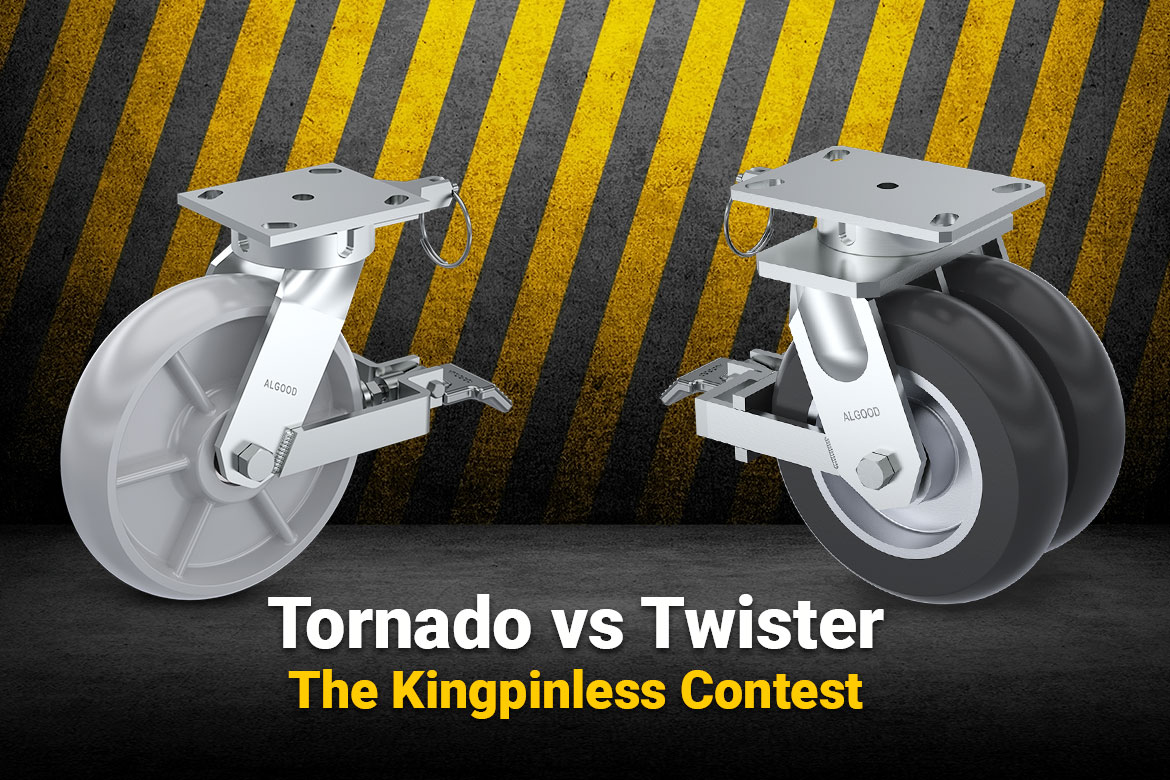
![Tornado Series: STO82-A38H-UGC-PB-UWB-4PSLN [Zinc Finish]](https://algood-casters.com/wp-content/uploads/2023/02/Algood-Caster-Tornado_Series-STO82-A38H-UGC-PB-UWB-4PSLN.png)
![Twister Series: STW82-A46H-PTNX2-PB-UWB-4PSL [Zinc Finish]](https://algood-casters.com/wp-content/uploads/2023/02/Algood-Caster-Twister_Series-STW82-A46H-PTNX2-PB-UWB-4PSL.png)
![Tornado Series: STO62-1.000X4-UR-RB-SLB [Zinc Finish]](https://algood-casters.com/wp-content/uploads/2023/02/Algood-Caster-Tornado_Series-STO62-1.000X4-UR-RB-SLB.png)
![Twister Series: STW62-A46H-MAU-RB-SLB [Zinc Finish]](https://algood-casters.com/wp-content/uploads/2023/02/Algood-Caster-Twister_Series-STW62-A46H-MAU-RB-SLB.png)